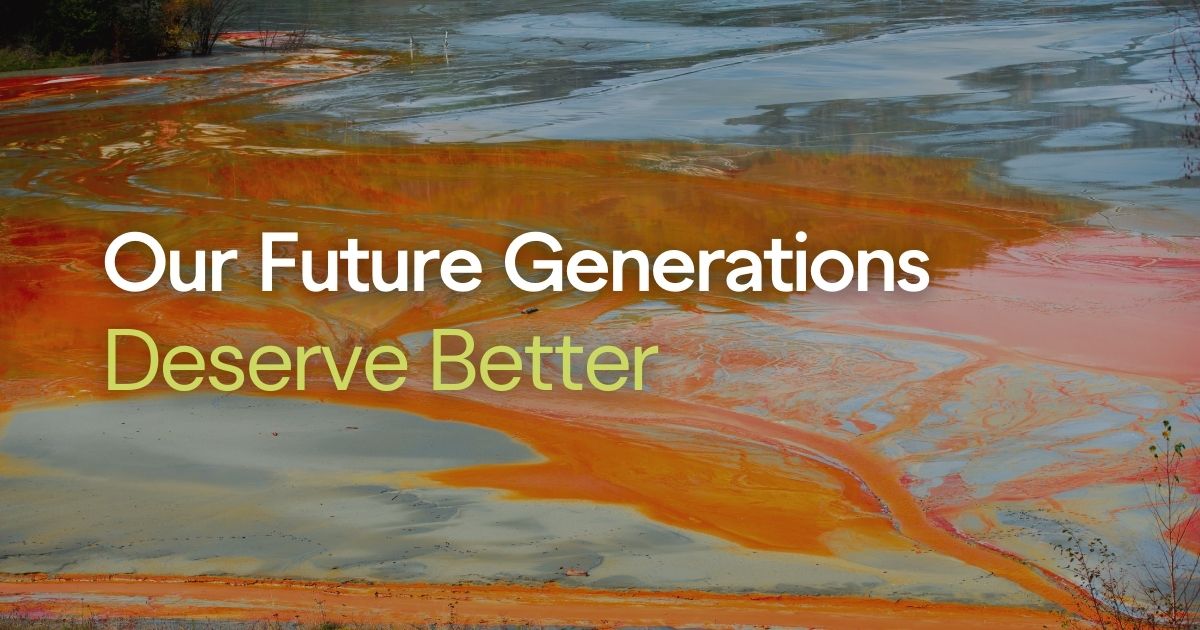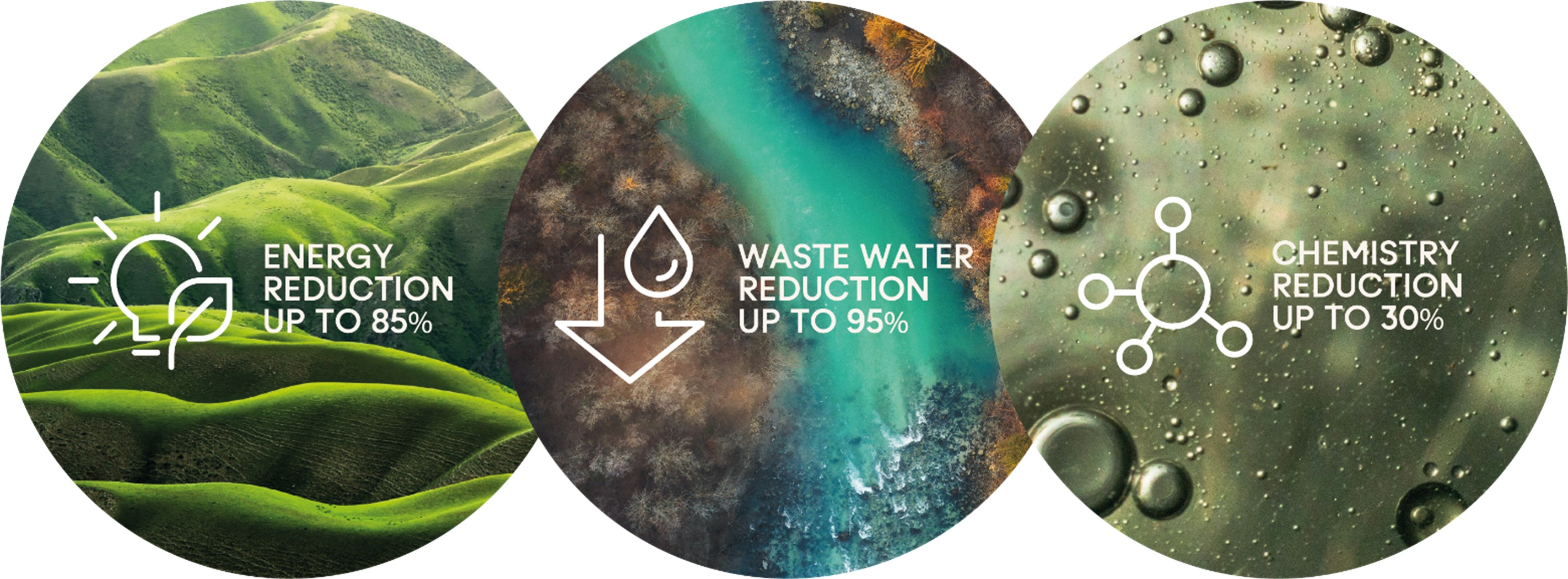
Imagine a river that’s no longer a natural shade of blue but streaked with the colours of the season’s fashion. Bright oranges one day, light indigo the next. For millions of people living near textile dyeing hubs, this isn’t a dream. It’s a daily reality. Across Asia and beyond, rivers are essential for local communities, both to live and work. Yet the same rivers are also taking the burden of toxic dye effluent from dyehouses. Endangering ecosystems and human health.
Communities Surrounded by Polluted Water
Every year, 1.3 trillion gallons of water are used to dye garments. In textile manufacturing hubs such as Taiwan, Bangladesh, and India, dyeing facilities often release untreated effluent straight into rivers. Containing invisible pollutants and chemistries from dyeing and finishing processes. Most of these pollutants are resistant to degradation, capable of lingering in waterways for years, contaminating water quality, with damaging consequences for aquatic ecosystems and the communities surrounded by polluted water that depend on it.
Victims of Wastewater
Across Asian textile hubs, rivers are stained with the colours of the latest fashion. While the victims of wastewater are often the people least responsible for the problem. Communities who use the polluted rivers for drinking water or other purposes, risk health issues such as fevers, skin irritations and long-term health effects linked to chemical exposure, like mutagenic and carcinogenic effects.
Despite the absence of functional effluent treatment plants, textile factory workers in Taiwan, Bangladesh, and India do not want to see their factories close. Since this would risk them being jobless and unable to support their families. Therefore, the cost of fast fashion is measured not only in dollars but in health, livelihoods, and environmental damage.
Jian River in Luoyang, China (Regan, H., 2020).
Cleansing Waterways of Dye Effluent
Governments around the world are increasingly stepping in to protect rivers and communities from the pollution caused by textile dyeing. In China, the government has enforced the Water Pollution Prevention and Control Action Plan, mandating stricter discharge limits and heavy fines for non-compliant dyehouses. India’s Central Pollution Control Board (CPCB) has made it compulsory for textile clusters in states like Gujarat and Tamil Nadu to install and operate common effluent treatment plants (CETPs). Bangladesh, one of the world’s largest apparel producers, now requires all new dyeing facilities to incorporate effluent treatment systems before gaining permits, with additional oversight from the Department of Environment (DoE). Meanwhile, the European Union’s Industrial Emissions Directive sets Best Available Techniques (BAT) standards for textile finishing, forcing manufacturers to meet benchmarks for water quality and chemical use. Even in Taiwan, authorities have tightened wastewater discharge regulations under the Water Pollution Control Act to reduce untreated effluent entering rivers. These policies reflect a global recognition that preserving waterways is no longer optional but essential. By aligning with international frameworks such as the United Nations’ Sustainable Development Goals, governments are signalling to the textile industry that compliance, accountability, and environmental stewardship are critical to securing both economic resilience and clean water for future generations.
Clean Solutions for Polluted Rivers
While regulations are beginning to reshape industry practices, compliance alone cannot fully address the vast scale of wastewater challenges in textile dyeing. Meeting these policies requires advanced technologies that reduce pollution at the source. One such innovation is Endeavour™, a production-ready digital textile dyeing system that reimagines how fabrics are coloured. Instead of relying on vats of water and chemicals, Endeavour™ uses digitally controlled 10-micron droplets to apply precise amounts of dye directly to natural and synthetic fibres. In a single continuous process, it dyes, fixes, softens, and dries fabrics - removing the need for excess water, reprocessing, and chemical overuse.
This approach not only cuts water usage by up to 95% and reduces toxic effluent but also delivers exceptional colour accuracy (ΔE < 0.5) and fastness (≥4/5). By bridging regulatory requirements with technological progress, digital dyeing offers a seamless pathway to compliance while maintaining production efficiency and fabric quality.
Clean Water for Future Generations
For millions of people, waking up to polluted rivers is still an everyday reality. But it doesn’t have to remain this way. As governments tighten environmental policies and innovations like Endeavour™ prove that textiles can be dyed without polluting waterways, the industry has a real opportunity to change course. By replacing water-intensive, chemical heavy methods with digital precision, Endeavour™ shows that fashion no longer needs to come at the expense of community health or river ecosystems. The responsibility now lies with brands, dyehouses, and manufacturers to move beyond short-term convenience and adopt solutions that protect rivers today, so that future generations can inherit clean water, not contaminated streams. Fashion may set trends each season, but the legacy we leave in our rivers will last far longer.
Contact us at enquiries@alchemietechnology.com.

